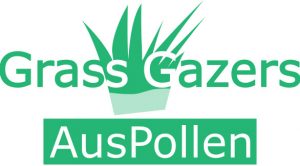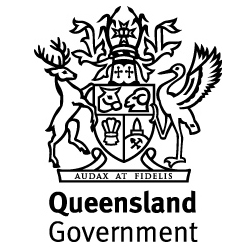 AusPollen Grass Gazers
AusPollen Grass Gazers
About the project
Grass pollen exposure has an adverse impact on the health and everyday life of the allergy sufferers in our community. The AusPollen Grass Gazers Citizen Science project aims to improve our knowledge of the distribution and types of grasses around us and when they flower and produce pollen.
Citizen scientists who contribute to this project with location and images, abundance and flowering stage of grasses around Brisbane will help us better predict pollen levels so that people in our community can better manage their allergies. Project observations will be entered using the iNaturalist platform and will automatically be contributing to the Atlas of Living Australia and the Global Biodiversity Information Facility. iNaturalist Australia is the product of a membership agreement between the iNaturalist Network and the Atlas of Living Australia and CSIRO.
An initial scoping study was conducted in partnership with Corinda State High School students during term 2 of 2020. To read more about the study and its outcomes please see Grass Gazers: Using citizen science as a tool to facilitate practical and online science learning for secondary school students during the COVID‐19 lockdown.
This project is led by the QUT Allergy Research Group and supported by project partners Corinda State High School and the Queensland Herbarium. The project is is proudly supported by the Queensland Government – Queensland Citizen Science Grants and the QUT Centre for the Environment.
There are four stages to this project. Training materials are being revised in the design Phase 1 and will be available before the project opens to the community for data collection in Phase 2. Interested citizen scientists and grass identifiers are needed for the project’s success. If you want to be involved or have any questions or feedback please contact the project team.
Phase 1
(Sept-Dec 2020)
Planning and designing project
We will establish the collection platform and develop instructional resources. We will reach out to local schools, community groups and interested citizen scientists to engage in project.
Phase 2
(Jan-Jun 2020)
Open project to the community
We will provide training and support to participants including local schools, community groups and individual citizen scientists. Participants will collect data on location, grass images, abundance and flowering stage, via iNaturalist.
Phase 3
(Mar and May 2020)
Review of project procedures
Once the participants have started undertaking data collection, we will request feedback via a short survey and adjust any areas of the project identified as needing improvement.
Phase 4
(Jul-Sept 2020)
Data analysis and reporting
We will perform data analysis and prepare a report on our findings. Interactive metrics on the Grass Gazers iNaturalist project may be found on iNaturalist at https://inaturalist.ala.org.au/projects/auspollen-grass-gazers with an addendum here.



